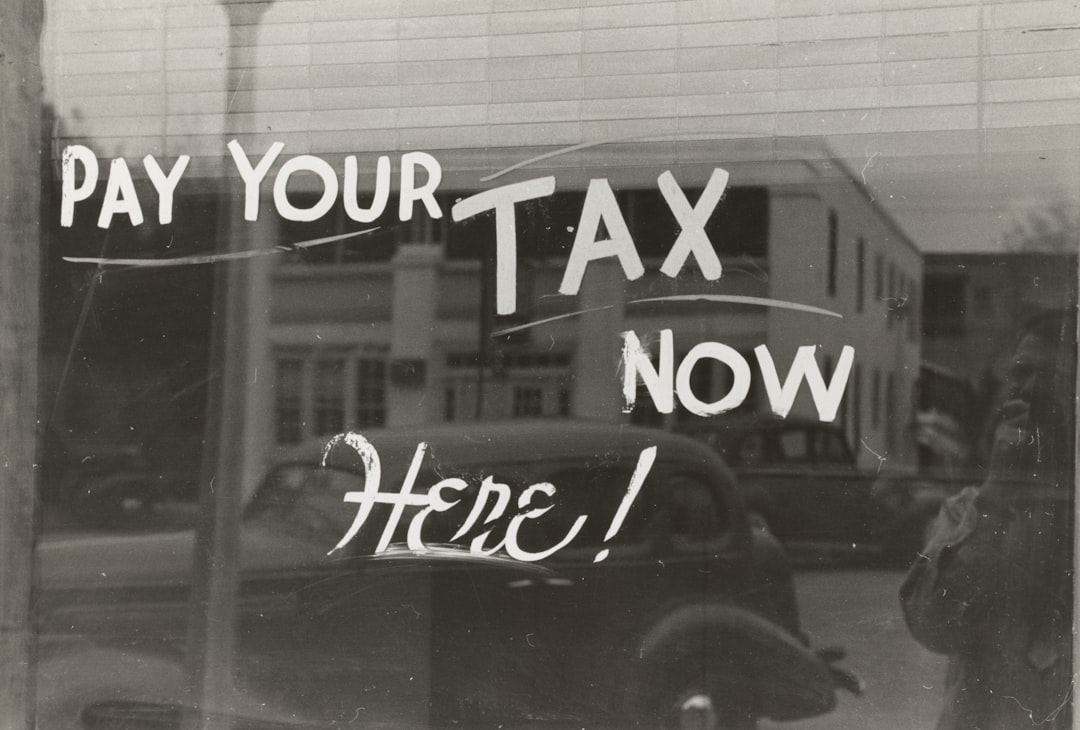What is it about?
Compensating wage differential (CWD) theory assumes that workers can always find a job without undesired characteristics, which forces firms with disamenities to pay a CWD. However, a simple theoretical variation of standard CWD theory shows that if there is a probability of job loss due to involuntary unemployment, the CWD is lower. When this probability is proxied by local unemployment rates, we find a downward bias in typical estimated CWDs using cross-sectional data that span many local labor markets. Estimates from the Current Population Survey data show that the bias can be quite large, which in turn impacts the implicit value of injury estimates.
Featured Image
Read the Original
This page is a summary of: The Effect of Local Area Unemployment on Compensating Wage Differentials for Injury Risk, Southern Economic Journal, October 2011, Wiley,
DOI: 10.4284/0038-4038-78.2.287.
You can read the full text:
Contributors
The following have contributed to this page










